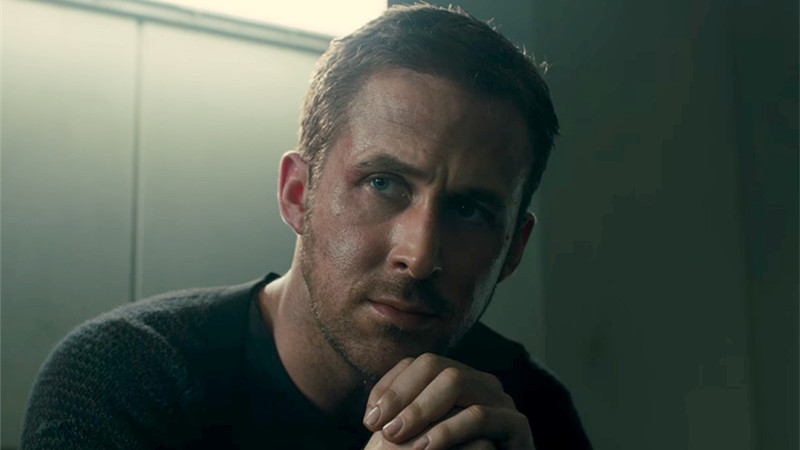
Length in filmmaking doesn’t always necessarily translate to quality. Some filmmakers can overindulge their ideas and end up creating sprawling messes; the narrative of other films can meander too much and lose the interest of its audience.
While an average feature film length will hover around the 90-120-minute mark, what’s most important is what time is needed to craft the best film a director can: Paul Thomas Anderson made the lengthy and dense Boogie Nights and Magnolia before deciding to make the much-shorter Punch-Drunk Love in response to his previous exertions; all are great and the needs of the films suited their eventual running times.
When a film does use its length productively, the results can be excellent. This list looks at 10 such long films that audiences have responded greatly to, and each never falters in its length, and are often masterful because of it.
1. Short Cuts (188 minutes)
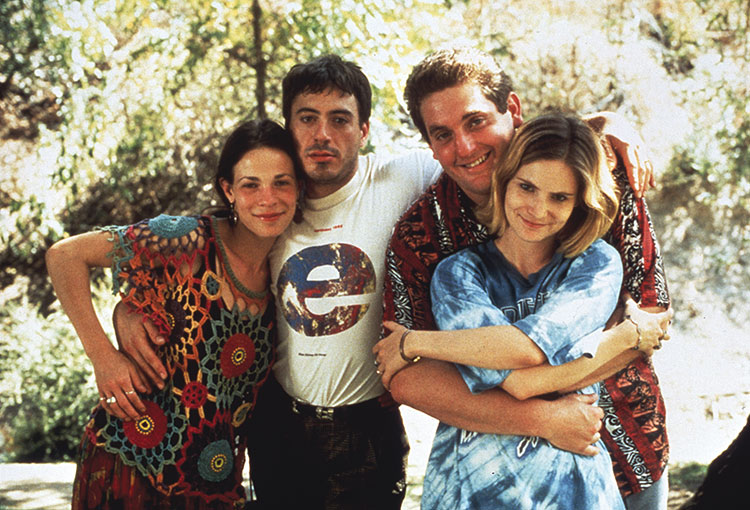
For a film based on nine short stories by Raymond Carver, perhaps a running time of 189 minutes was still not enough. Short Cuts (1993) follows 22 different characters playing out their distinct lives and at various moments of connection.
It’s formally audacious and innovative yet Robert Altman ties it all together; the length never feels stretched, and one would be happy to spend more time considering these characters on screen.
Altman had experimented before with overlapping storylines in his work, with satirical extravaganza Nashville, and Carver’s stories were the perfect platform for him to do it again. Altman makes us want to study these characters. Some actually interact with one another; others merely pass by in the smallest of moments.
With a film of this scope, casting was of paramount importance, and the actors are resoundingly excellent, including Jennifer Jason Leigh as a phone sex worker, and Frances McDormand as a woman working through a divorce and affair.
Themes of love, betrayal and human folly dominate but it’s best to let the individual narratives unfold at Altman’s insistence. Short Cuts has plenty to please avid Carver fans, despite some minimal changes by the director (including the switch to the LA location from the Pacific Northwest), but it stands alone as a cinematic epic that still feels intimate.
2. Satantango (432 minutes)
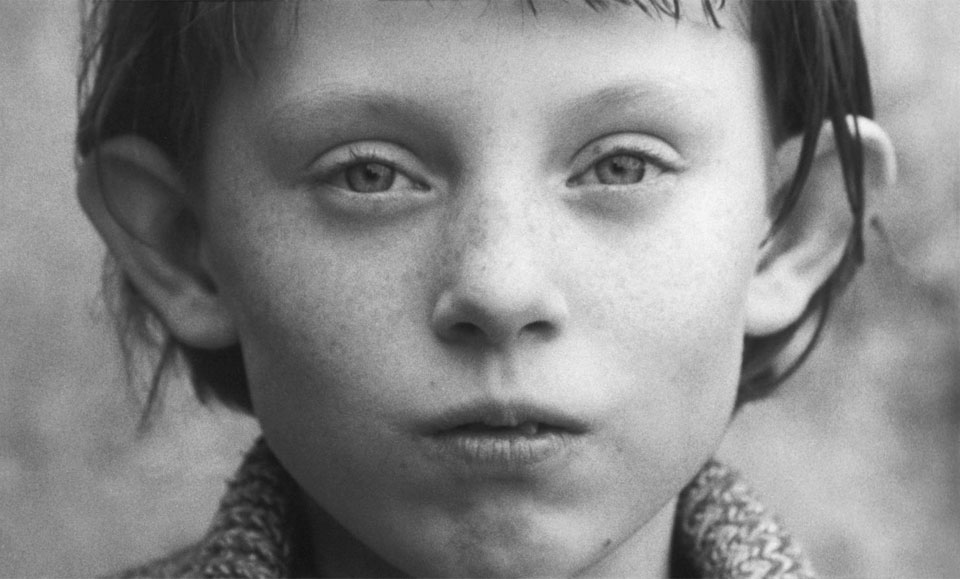
The longest entry on this list by some distance, Satantango (1994) and it’s more than seven hours running time may prove too arduous for some but it’s rewarding for those hardened enough.
Bela Tarr has never been one to spare his audience and his reach for greatness inevitably alienates some. He’s a filmmaker renowned for using long takes and he sculpts no differently here; many shots last for longer than ten minutes. He cares for the quiet moments in life, and shows us characters walking places, or just dancing and drinking.
It’s grim and glacial but philosophically rich enough to make the slow journey worth it. Satantango was adapted from the novel of the same name by the Hungarian mouthful Laszlo Krasznahorkai and contemplates a collective of villagers after their farm falls into decay.
The novel only lasts for 333 pages but Tarr’s film runs far longer because of his willingness to unsettle us and his own characters: he wants every ugly moment to be fully felt, for the devastation to be stark and clear. Satantango can often feel like a cold trance, the crisp black-and-white cinematography arresting the eyes and holding the gaze to attention.
The barren, grey, empty setting of the film, filled as it is with despicable creatures, acts as Tarr’s vision of spiritual and moral collapse in miniature. It can overwhelm with a feeling of emptiness but it’s a misleading feeling, for Satantango is rich in its meditation on humanity and death.
3. Barry Lyndon (187 minutes)
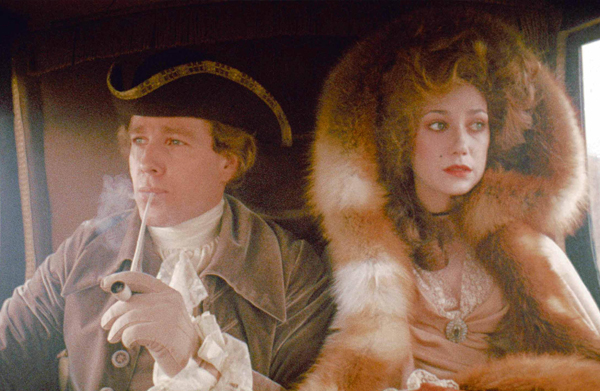
The source novel for Stanley Kubrick’s masterpiece was William Makepeace Thackeray’s picaresque novelThe Luck of Barry Lyndon, so a filmic version of it was never going to be short.
For just over three hours, Kubrick takes us through the adventures of Lyndon’s life at a hypnotic pace. He rises, he falls, fortunes are won, fortunes are lost, but nothing of note goes past too fast; it’s slow, mysterious, but the retrospective effect is that Barry Lyndon (1975) is imprinted on one’s mind for a long time after viewing.
Kubrick could have indulged the material and created an action-packed epic but he reduces the narrative to a microscopic level, and we understand Lyndon more for it. A narrator dryly recounts the events, sounding like a tired father watching the unfortunate existence of his son.
It’s the strikingly painterly images that fill the time that the true greatness of Barry Lyndon stems from, and John Alcott’s cinematography is some of the best of all time; many moments from the film wouldn’t look out of place in a gallery of landscapes such is their still beauty.
4. Andrei Rublev (183 minutes)
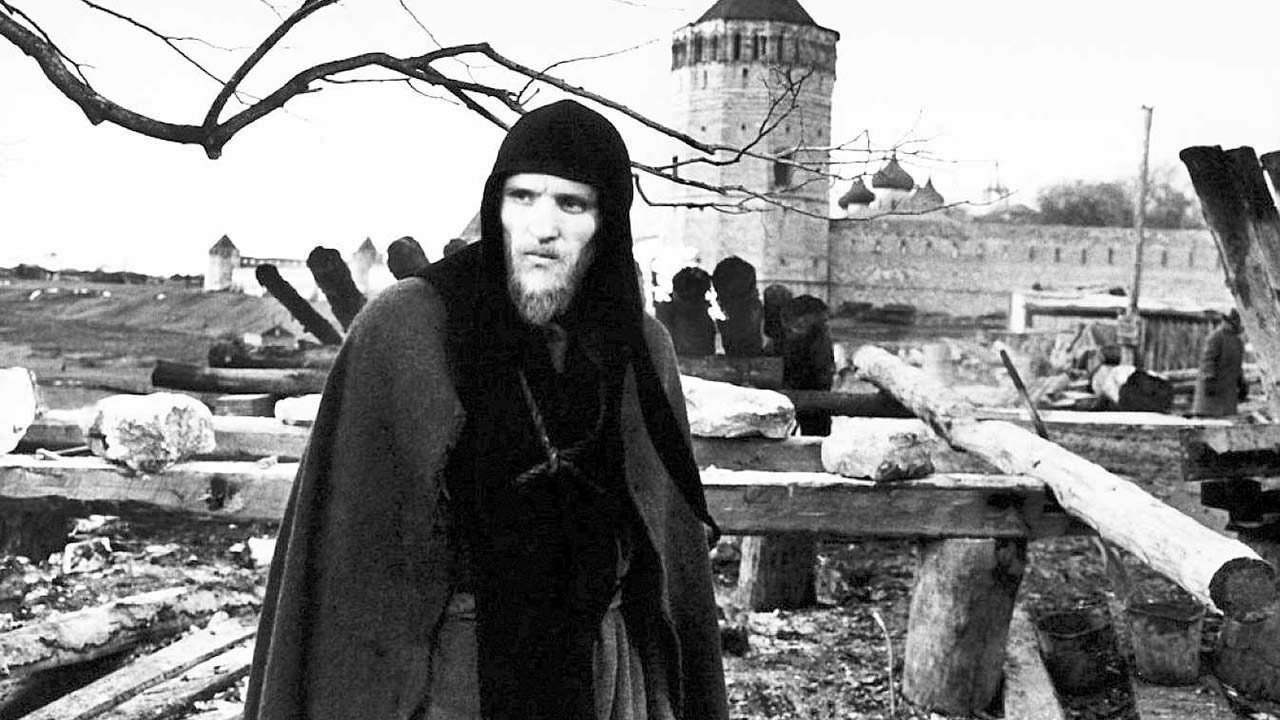
Often cited as one of the greatest films of all time, Andrei Rublev (1966) is certainly a masterpiece by Andrei Tarkovsky, one of several. A wielder of long takes like Tarr (who is largely indebted to his Russian predecessor), there are stunning sequences, none more celebrated here than the building of the bell in the seventh and final episode of the titular character’s life.
Andrei Rublev was a renowned 15th-century icon painter and in three hours, Tarkovsky uses these episodes to separate key moments in history: we see Rublev first as a wondering monk in search of work and continue on his path with him through wars, raids, and spiritual crises.
The film is shot in austere black-and-white but Tarkovsky finds time for an astounding epilogue – nearly ten minutes long – in which the vivid colours of Rublev’s actual icon paintings fill the screen. Haunting music accompanies this and the effect is spellbinding.
After essentially suffering through his struggles with him, during one of Russia’s most oppressive periods, the beauty of Rublev’s completed work is sudden and overwhelming. Not much was known about Rublev’s life; Tarkovsky took the understood facts and filled in the spaces but the overall result feels real, not imagined.
It’s a spiritual work, a portrayal of Christianity in Russian history, but it’s also simply about art, and its power to triumph and survive through adversity.
5. Blade Runner 2049 (163 minutes)
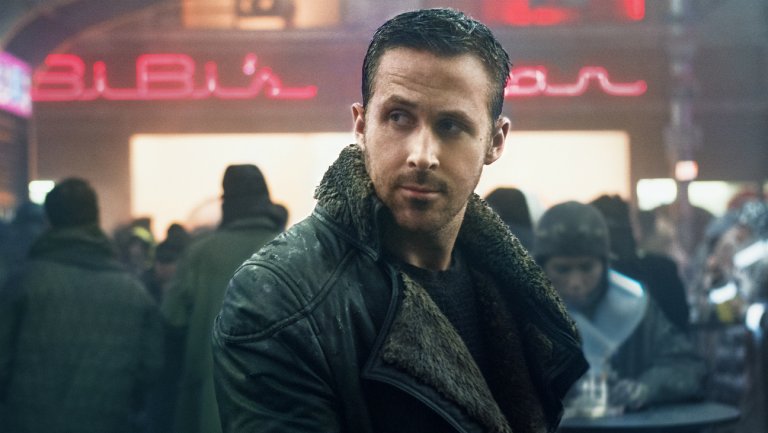
The most recent release on this list, Blade Runner 2049 (2017) is destined to become a cult classic in the future (perhaps in an uncertain, dystopian one like the film imagines). It was the rare sequel that delivered and has been labeled the most expensive arthouse film of all time. Indeed, it didn’t fare well at the box office, with its pacing often cited as an issue.
Ridley Scott, the man behind the original Blade Runner (1982), even said its length was problematic but in just under three hours, Denis Villenueve’s creation never meanders or drags. It was never intended to be a mainstream blockbuster so its slowness is only an impediment to those not willing to immerse themselves in this world.
What a world it is too, Villenueve and his team building on Scott’s dark and ugly futuristic landscape and creating something just as visually stunning and mesmerising. It’s a brighter affair but still haunting and arresting, and Roger Deakins finally won an Academy Award for Best Cinematography for this film. Hans Zimmer’s score is overbearing and ominous but that’s the way it should be.
The complicated plot does threaten to become too twisted but the film manages to hold it together tightly enough. Ryan Gosling was an excellent casting choice, and imbues his character with a humanity that Ford didn’t reach in the original.
By the culmination of its climactic underwater battle scene, there is relief that it’s all over but the feeling is a positive one: Blade Runner 2049 is a wholly encapsulating experience that floods the senses but it’s also a film that invites repeated viewings.